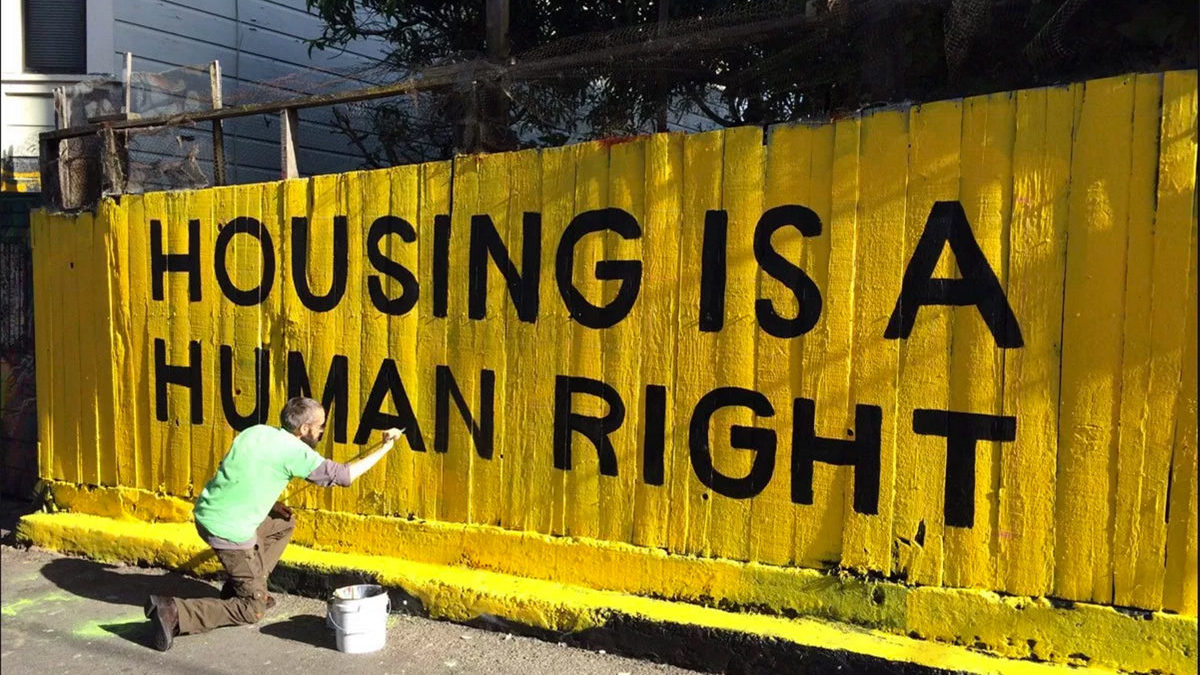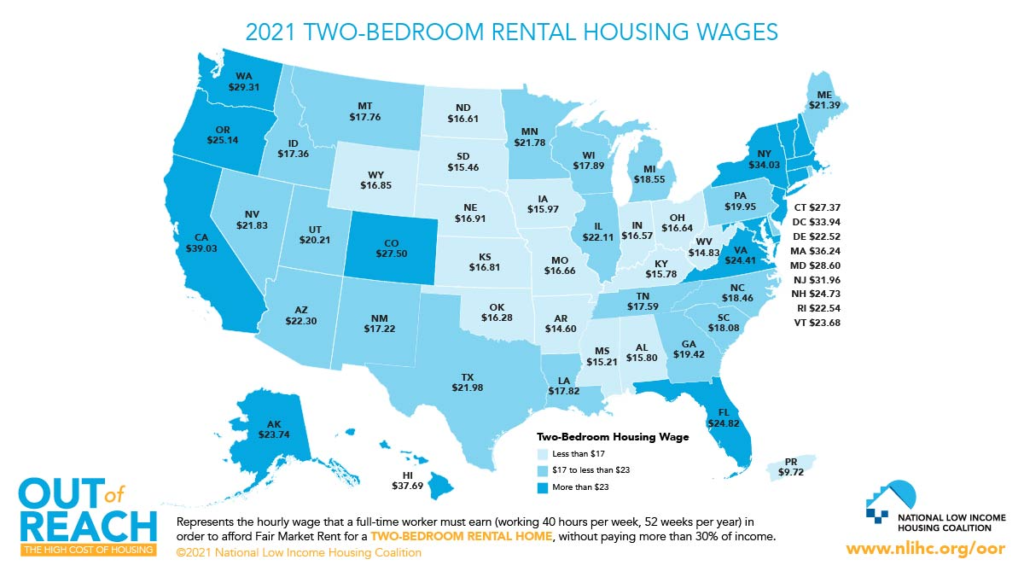Explore the trends and disparities in homelessness and unstable housing

Everyone should have a safe place to call home
There are many reasons people struggle to stay housed – from skyrocketing rents and stagnant, unlivable wages to LGBTQ+ youth being kicked out by family and people exiting the justice or foster care systems with histories that prevent them from accessing stable housing.
Despite meaningful progress in reducing homelessness over the past decade, over half a million of our neighbors, family and friends do not have a safe place to call home. And for the first time in years, homelessness is increasing.
While many people believe homelessness is the result of bad personal choices, addiction and mental illness, the truth is that most people lose their housing primarily because of lost income, sky-high rents, health problems and decades of under-investment in housing.
Few affordable units, high cost-burden
The severe shortage of affordable rental units – there are only 37 for every 100 extremely low-income renter household – drives up prices, which increases the percentage of income that renters pay.
Many low-income and extremely low-income renters spend over 50 percent of their income on housing, leaving little left over for food, medicine, transportation, childcare and other necessities. With so little money, a single emergency, loss in work hours or car repair can leave renters unable to pay rent – causing them to lose their home.
Explore data on cost-burdened households with the latest Joint Center for Housing Studies interactive data map
Courtesy 2022 Joint Center for Housing Studies, all rights reserved
______________________________________________________________________________________________
And see the hourly wage a full-time worker would need to earn to afford a market-rate rental.

Disproportionate impact
Homelessness also impacts some communities much more than others. Black Americans make up 13% of the U.S. population but account for 40% of all people living without a home. Landlords file evictions against Black renters at nearly double the rate of white renters.
Learn more about the rates of homelessness and the populations that bear the greatest burden with these interactive tools from the National Alliance to End Homelessness.
______________________________________________________________________________________________
Root Causes
The Trust’s funding addresses three root causes of homelessness and housing instability
